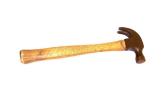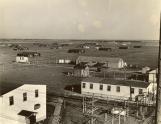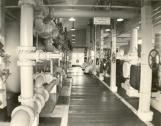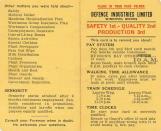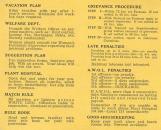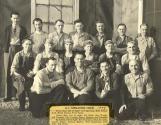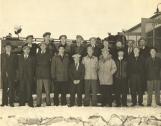1
With the "War in Europe" raging, Britain staunchly defended itself from Germany's relentless attacks. Britain turned to the Commonwealth for support. Countries like Canada responded with the development of military training programs and the industrial production of arms and armaments. Close to home, an area just east of the town of Transcona was chosen as the location for an explosives manufacturing facility. In 1940, the British and Canadian governments invested 20 million dollars in the construction of a "Cordite Plant" where a highly explosive material known as "cordite" was manufactured for use in ammunition.3
Built between 1940-1941, the "Cordite Plant" consisted of a number of small, unconnected buildings surrounded by a high wire fence. Access was restricted and the site was heavily patrolled by guards.5
"It was a very secretive operation, that you couldn't anywhere near where it was located", recalled Jim Potter during an interview about the 'Cordite Plant'9
Once again, the railway proved vital as the "Cordite Train" transported people and explosive materials to and from the plant. C.N.R. and C.P.R. spur lines as well as 30 to 40 miles of narrow gauge track serviced the 1,000-acre site.11
Local support of the war deepened as residents took jobs at the "Cordite Plant." Though dangerous, the work was welcomed and the jobs boosted the economy of the town.13
This hammer was made with beryllium to prevent sparks and was used in the Cordite Plant1945
Transcona, Manitoba, Canada
